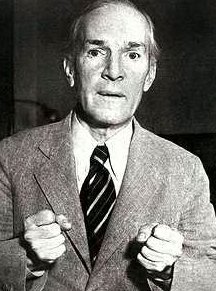In Law Land the cynical smart money is almost always on stasis; nothing will really change because any talk otherwise will spook the partners. If nothing else, this view has years and years of solid predictive success behind it.
But I wonder.
Rates of growth and decline—I emphasize decline because it is largely a story of decline in the only currency that matters, purchasing power—in overall gross revenue, RPL, PPL, and even PEP are to almost all of the 120,000+ lawyers toiling in these firms pretty abstract and denatured concepts.
One number, however, is as hard core and riveting as can be: One’s own personal compensation. This is where the abstracted figures have an impact people recognize and understand.
We can all have a debate in the parlor about whether too many lawyers with room temperature C+/B- talent were too highly paid by too many firms for too long, but as the reality of these numbers, “the New Normal” as far as the eye can see, and heaven only knows what other exogenous shocks intrude on our world, begin to sink in, real take-home pay is going to fall, and barring “something radical,” continue to fall for the great majority of these 120,000+ souls. (You guys gathered under the Wachtell banner, and few others of similar caliber, are excused—but then I stipulated I’m talking about C+/B- talent, so you knew that already.)
Upton Sinclair (1878—1968) was among many other things , author of the 1906 classic The Jungle, exposing malfeasance in the US meat packing industry and contributing to momentum behind passage of the Pure Food and Drug Act. He also gets credit for this barbed quip:
It is difficult to get a man to understand something, when his salary depends upon his not understanding it.
For quite some time now—coming up upon a decade—for partners in highly successful firms to “understand” that the good old days aren’t about to return would have entailed their understanding that the ever-upward trajectory of their compensation could be imperiled. No wonder the notion of change, much less “something radical,” spooked them. Self-interest required no less.
What if that is something that might be about to change?




If for partners the operational form of the firm’s business plan is “the ever-upward trajectory of their compensation,” then PEP would seem the best possible metric for how it all goes – at least looking backward. But it is intrinsically a metric with little or no predictive power, and how it could be used if one wanted to do some scenario analysis of alternative structures is very hard to see. All of the metrics offered by Legal Business (and most often cited here) – RPL, PPL, and gross revenue (gross, really?) – seem very blunt instruments. Are there not the equivalent of “advanced analytics” that exist or could be derived that would offer more detail both with respect to performance and, to the extent they are based on how functions perform (including over time), provide predictive power? [Cue links to “Watson” and the approaches it represents.] Granting that their business models are not those of the Big Law firms Legal Business is reviewing, it is unimaginable that McKinsey or Axiom is analyzing their businesses using metrics such as these.